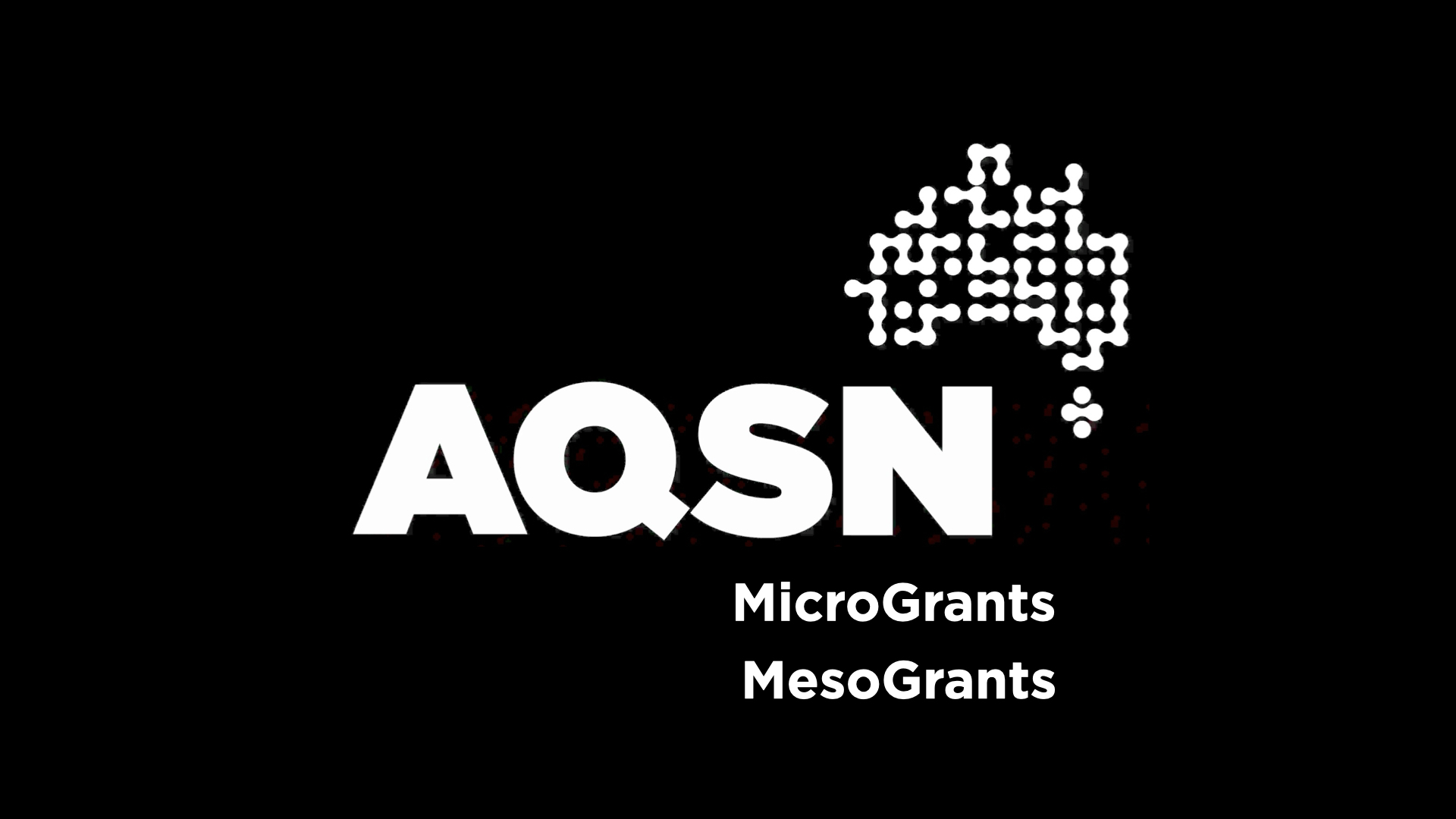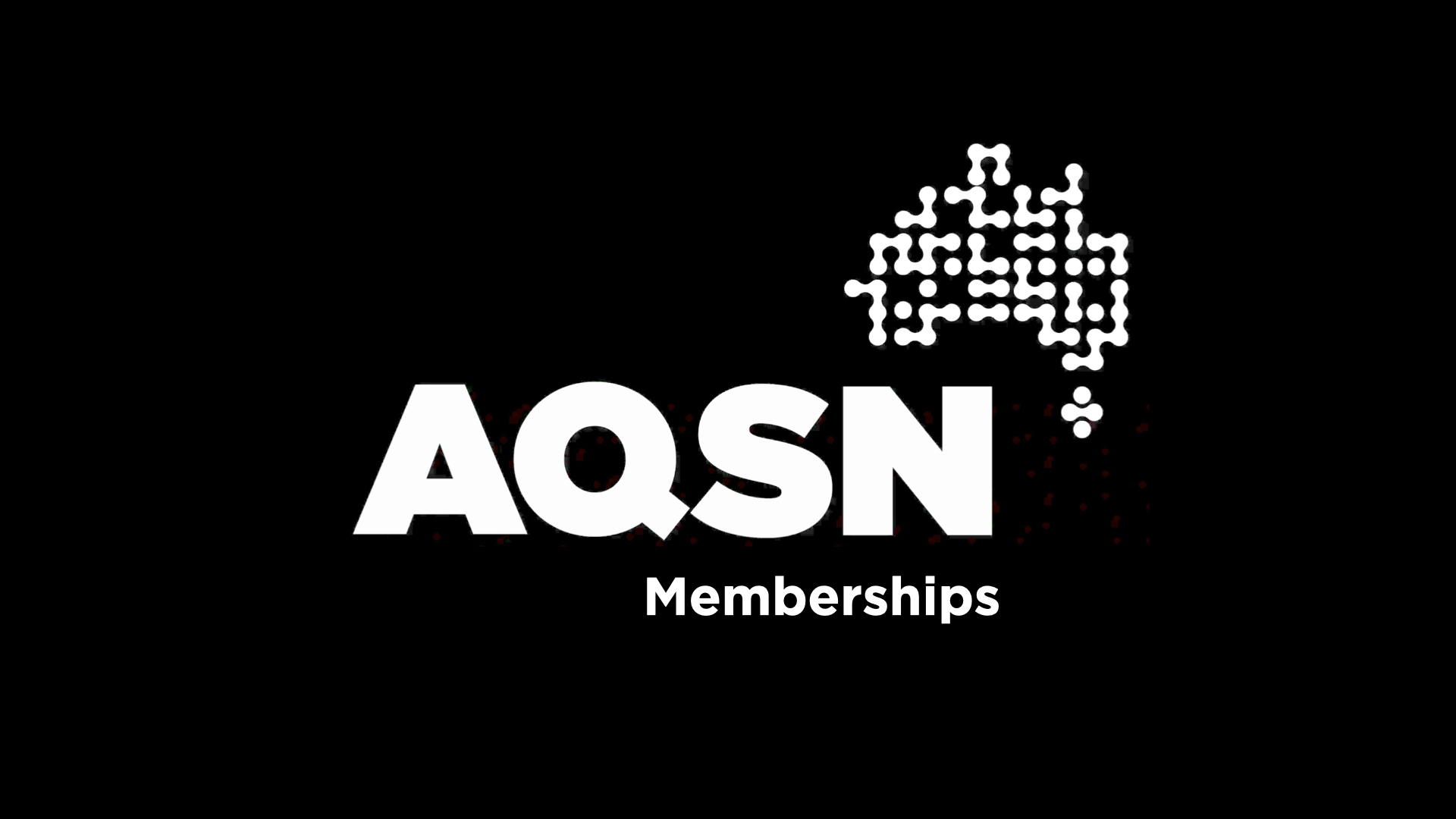The International Network in Space Quantum Technologies (INSQT) has been established to bring together the international space quantum community to tackle these engineering challenges and accelerate development of quantum space missions. It also aims to establish a roadmap for the space quantum internet and identify key steps and avenues for research. INSQT members include academic and public sector institutions, research technology organisations, small & medium enterprise (SME) and large companies. There are more than 40 members across the world.
Please contact the admin of the AQSN (admin@quantumsoftware.org.au) to discuss if you would be interested in participating in INSQT initiatives
Activities that can be funded through the network include:
- Running mini-workshops/meetings on Space Quantum Technologies
- Travel to attend INSQT workshops/meetings
- Extended Research Visits (2-4 weeks) between INSQT members
- Engagement of Domain Experts outside of INSQT (attendance at Workshops/meetings, visits to/from INSQT members)
- Collaborative IT resources, to be loaned by the Lead Institution, e.g. MS Surface Hubs
- Members of INSQT can apply for funds and resources for the above. There will be a rolling series of calls with applications being assessed by the Scientific Board. Due to EPSRC funding restrictions, there may be limitations on who and what can be supported. Exact eligibility criteria will be confirmed with EPSRC.
Early career researchers (ECRs) would be prioritised for access to travel/visit funding and IT resource support. We would also encourage equality, diversity, & inclusion (EDI) by promoting these opportunities to traditionally less well represented groups within the network. Travel has long been identified as a barrier to collaboration and networking for many researchers, including disabled staff, part-time workers, and those with caring responsibilities. We will make particular emphasis on actively supporting people such as these as they are amongst those most likely to be disadvantaged from taking part in traditional networks. Applications would be assessed by the scientific board that itself would be selected to have a broad and diverse representation amongst the network members. We also see the network as being able to play a positive role in promoting STEM to school students and the general public by taking advantage of the twin draws of Space and Quantum Physics.


